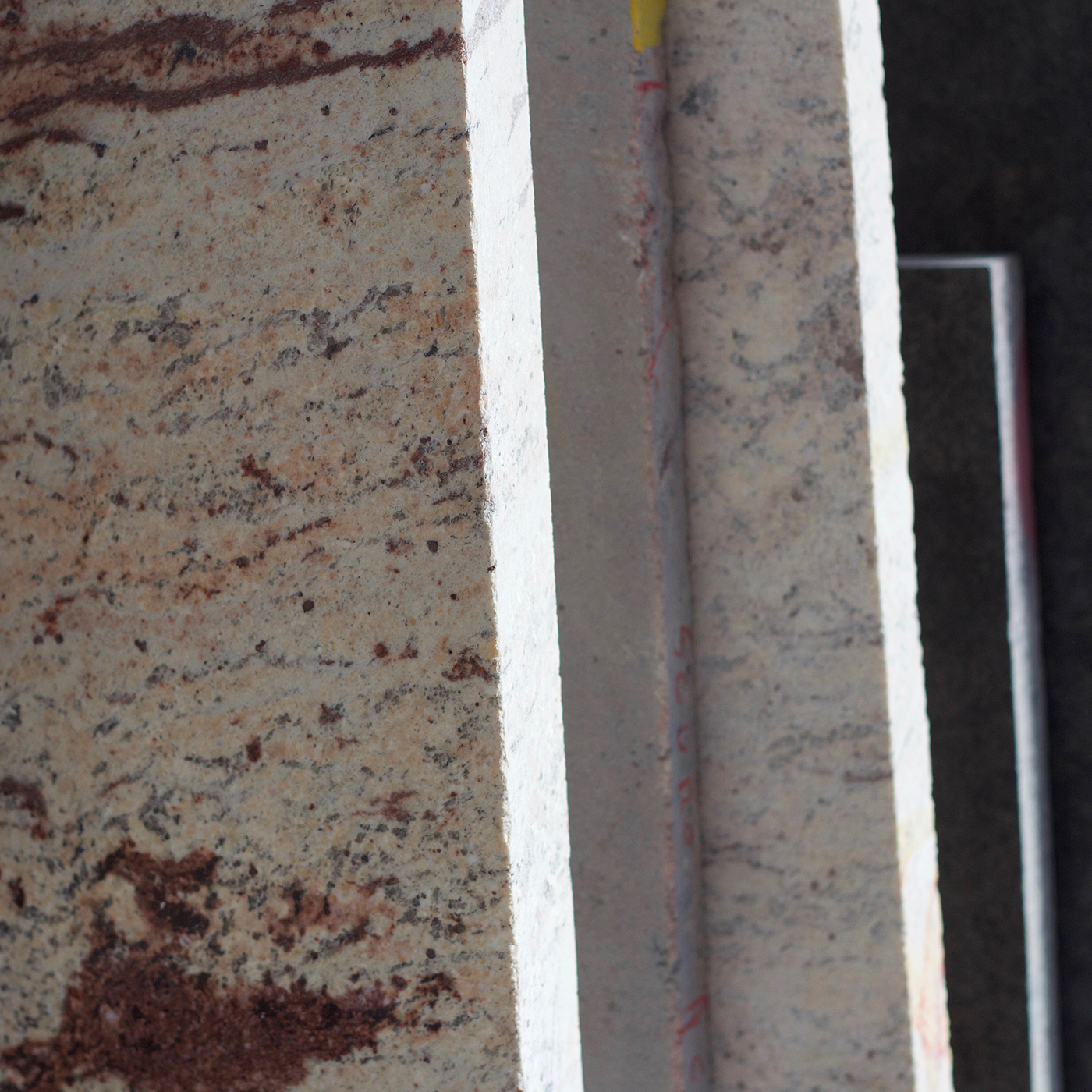Marbles
“With its unique characteristics and splendor, marble enchanted the ancient Greeks and Romans, and even the ancient peoples of Mesopotamia”
Marbles
“with its unique characteristics and splendor, marble enchanted the ancient Greeks and Romans, and even the ancient peoples of Mesopotamia”

The different types of marble derive from a complex process of metamorphosis and recrystallization of the rocks that compose it and it is possible to classify the main types of marble on the basis of their composition
- Crystalline limestone marbles: these are marbles characterized by the presence of large crystals and the absence of impurities. They look reminiscent of crystallized sugar.
- Cryptocrystalline limestone marbles: these are marbles characterized by a less defined crystalline structure than crystalline limestone marbles and by the presence of multicolored fossils responsible for the different colors.
- Clastic marbles: they occur in the form of small accumulations in rocks, in cemented fossils and in calcareous or siliceous materials.
- Serpentine marbles: they are also known as “green marbles of Prato” owe their name to the fortress from which they originate, the serpentine. In addition to green, they can take on darker shades, tending to blue and yellow.
Versatile and elegant
Marble is an extremely refined material, pleasant to the touch and sight and also pleasant to walk on barefoot.
Marble floors can be used in any room of the house: from the living area to the sleeping area, from the kitchen to the bathrooms, giving the entire home a perception of luxury, refinement and elegance.

